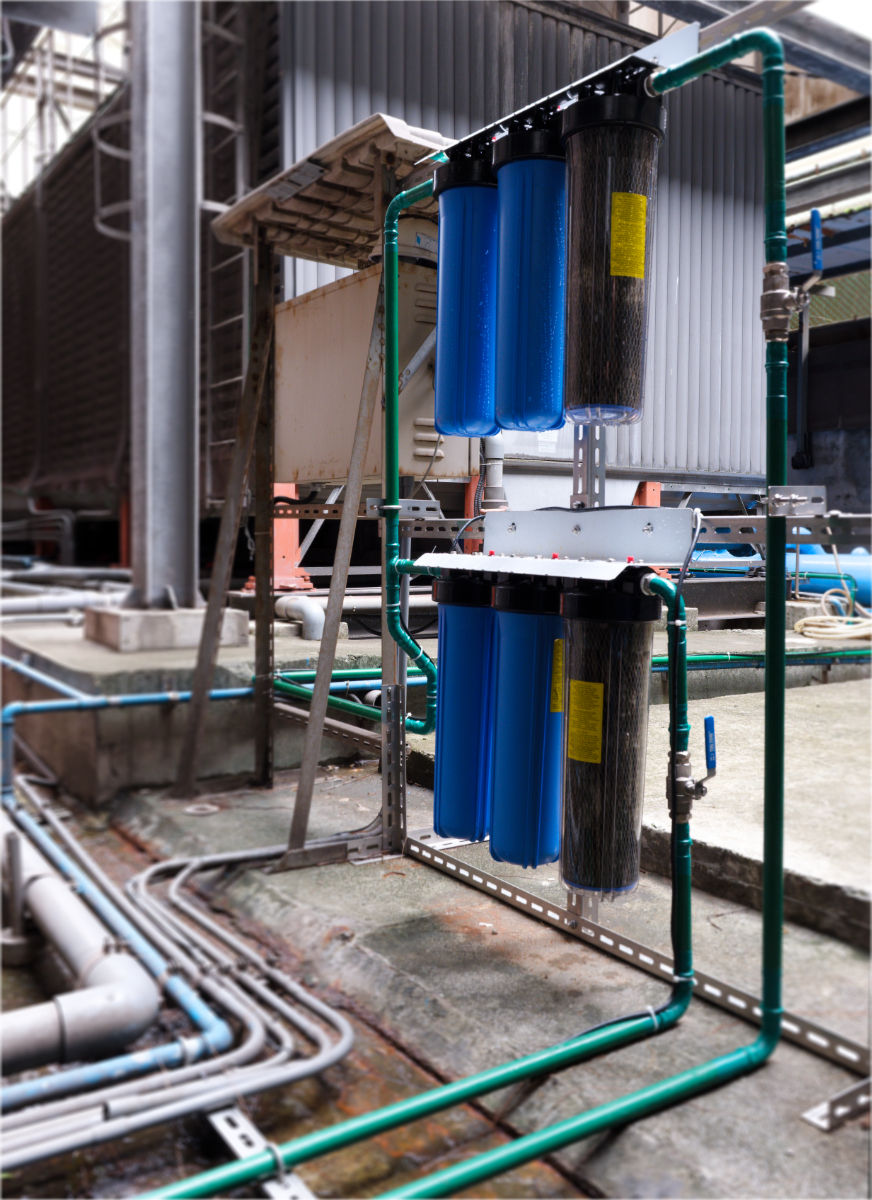Making Every Drop Count
- Tim Shen
- Jan 16, 2024
- 3 min read

In our previous article we discussed the significant amount of energy required for the air conditioning systems to keep a building the size of Hung Kuo comfortable for occupants in the summer. But energy is not the only resource that such systems are hungry for; they also require a lot of water. Between 2018 and 2022, water consumption during the warmest months of the year (May to October) was an average of 30.1% greater than during the cooler months (November to April).
Much of this rise is due to the increased operation of the cooling towers, which evaporate water as part of a heat exchange process to keep the interior of the building cool. During particularly hot months, the cooling towers can be responsible for as much as 60% of total building water consumption. In 2020, our cooling towers consumed 14,400 metric tons of water, which is more than five and a half Olympic-sized swimming pools’ worth. 73.1% of that total annual consumption (or 4.2 Olympic-sized swimming pools) occurred during the warmest six months between May and October.

On the one hand, this seems like a lot of water, and it is. But, on the other hand, it’s just a drop in the bucket compared to the 743.1 million m3 of water consumed in Taipei in 2020 (or 297,256 Olympic-sized swimming pools). Even though, as part of the bigger picture, any water savings we make at Hung Kuo Building might seem insignificant, we’ve been working very hard over the past few years to decrease the amount of water the cooling towers draw each summer.
The volume of water being consumed in Taipei has increased considerably over the past decade. According to the Taipei Water Department, a total of 583.4 million cubic meters of water was consumed? to in Taipei in 2013. This has increased to 700 million m3 in 2022, peaking at just over 746 million m3 in 2021(1).

Data: Taipei Water Department
This increase must also be considered against the backdrop of a decline in rainfall and associated chronic water supply challenge affecting the whole of Taiwan. This worrying trend is only predicted to get worse as global heating changes the traditional course of the typhoons that supplied Taiwan with much of its rain(2).

Data: Central Weather Bureau
So, we feel it’s incumbent upon us to do whatever we can to reduce our burden on the collective supplies of this increasingly precious resource. Since 2020, despite summer temperatures not being any cooler, we’ve reduced May-October water consumption of the cooling towers by 5.7% and 10.7% year-on-year simply through careful management and fine-tuning of operating practices – representing savings of 2,294 m3 over 2020 consumption, or almost an entire Olympic-sized swimming pool.

But we’ve decided we can do even better. This summer, we have connected our rainwater storage tank to the cooling towers. This system, which collects rainwater falling on the building’s roof, also collects water produced as condensation from the fan coil units on each floor of the building. So, from now on, our cooling towers will be able to use recycled water whenever it’s available, which should have a significant reduction on our burden of the municipal supply. We’ll be reporting back on the impact of this systems upgrade in the coming years and encourage all other office buildings in Taiwan to consider the potential to enact similar game-changing building improvements to help prepare our society to face an increasingly uncertain future.


(2) https://www.cw.com.tw/article/5109997?_ga=2.250101967.852473975.1693183886-1888961053.1692666016



Comments